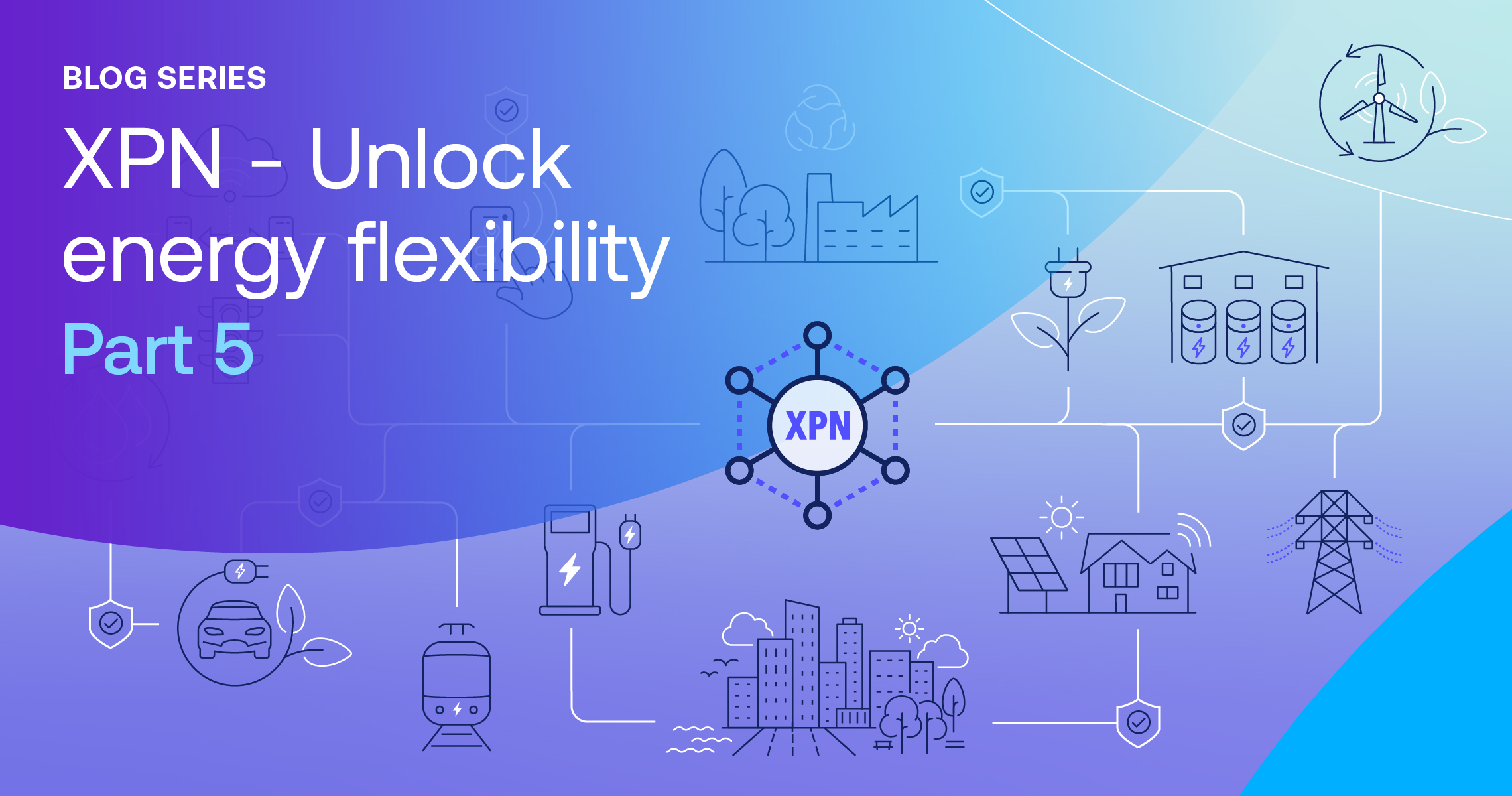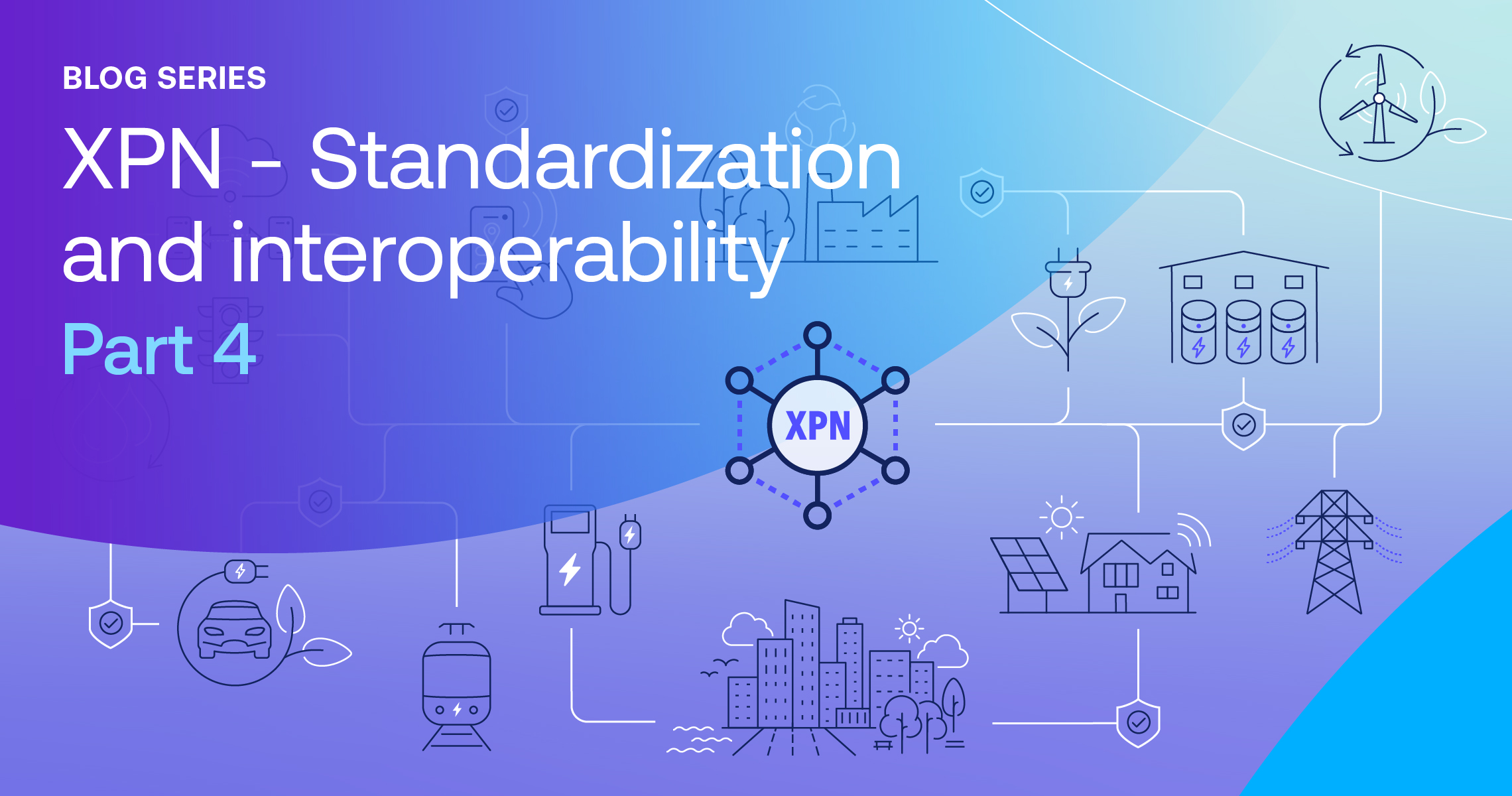Big data delivers business insight that can identify savings, increase sales, and improve business function. Since it provides such considerable advantages, there is naturally a very solid business case for expanding the scope of data operations to include third-party collaboration.
There are a number of benefits to data collaboration, including:
- Accessing external assets—Data collaboration allows you to expand the breadth of business insight by utilizing the data collected by others.
- More varied data—Cross-pollinating datasets provides a clearer picture of your business environment. For example, comparing customer journeys beyond your own site allows you to identify new products or collaborator tie-ins.
- Shared investments—Creating the data architecture necessary to deliver effective DataOps can be expensive and takes time to deploy. Sharing the burden can get you there faster for less.
- Better service provision—In many industry verticals, such as energy production and distribution, data collaboration can lead to considerable improvements in services for end-users.
- Improved fraud and money-laundering prevention—Crime, fraud, and money-laundering through fake or compromised accounts can be greatly reduced by joint databases. In fact, the UK’s Financial Crimes Authority recommends that banks and businesses collaborate with each other to tackle online criminality.
However, there are also significant challenges to realizing the potential gains from data collaboration, namely:
- Regulatory frameworks—Frameworks such as GDPR or CCPA place strict conditions on data collection, use, and sharing. Breaking these regulations can incur large fines, loss of consumer confidence, and an increased risk profile, making DataOps and data collaboration more difficult.
- Data security—To best prevent cyberattacks and unintentional data breaches, strong security protocols need to be established. IBM has found that data breaches, globally, cost $4.24 million per incident in 2021—a 10% increase year-over-year.
- Establishing trust—While data collaboration with vendors may be normal, there is a significant risk in collaborating with other industries or with businesses in the same vertical. As a result, an organization will need to trust both the collaborating partners and their security protocols.
With that in mind, finding ways to secure and improve data collaboration is essential to overcoming the challenges holding it back.
Seven ways to improve data collaboration
There are two primary conditions that must be met for data collaboration to be a positive business action. First, the data collaboration should be beneficial for all parties, and second, the benefits must outweigh the risks. By focusing on the following methodologies, these requirements can be consistently achieved.
Better security
There are several measures data owners can deploy to reduce the attack surface of their data collaboration operations. One solution is the use of a virtualized data platform. Using virtualized data, which creates a virtual interoperable layer aggregating all data no matter where it resides, removes the necessity for data transfers, reducing the risk of attack during transit. It also allows more secure storage and eliminates the need to distribute and control multiple dataset copies.
Containerized data analytics
Another solution that significantly reduces the risk of data breaches or unauthorized data use is performing all analytics within hermetic trusted execution environments. This containerized data analysis allows all parties to set and agree to the specific conditions of use. Plus, the aggregated data can’t be used for any other purpose.
Tighter governance
Data governance is the capacity of data administrators to define how data is collected, where it is stored, who gets to view it, and what they can do with it. Data collaboration has previously caused issues with the sharing of large datasets since the original data owner had no control over it once it had left their system. Utilizing data platforms enables data administrators to deploy tight governance protocols so they always maintain control over the organization’s data assets, however they are being used.
Greater trust
Trust is understandably a major obstacle in data collaboration, both in terms of the collaborating party’s security effectiveness and their intentions to abide by the pre-agreed terms. With the government’s executive order advising federal agencies and businesses to presume “zero-trust” environments, the only way to improve trust in data collaboration is by deploying security protocols to the aggregation and analysis of the data itself.
An example of this is the energy industry, where distributed service providers, utilities, and government infrastructure agencies will all benefit from working together but may also have issues trusting potential competitors. Utilizing secure, tightly governed platforms allows data collaboration without the risk.
Comprehensive access management
Having the capacity to enforce fine-grained access controls on data assets is critical for secure data collaboration. This allows administrators to govern who can access what, down to row and column level, and prevents situations where one compromised account allows attackers to access and view all data.
Unified depersonalized datasets
Personally identifiable information (PII) is the most valuable to hackers, as it can be easily sold for use in other crimes. It is also one of the most important elements of data safety regulations. Aggregating unified datasets that have been stripped of PII before analysis eliminates one of the biggest risks facing data collaboration.
Audit logs
Whether investigating data breaches or monitoring user activity on data sets, audit trails give precise information about who was accessing data and what they did with it. This improves data collaboration by creating a clear paper trail surrounding the shared data usage, which ensures compliance with agreed-upon protocols and improves the ability to locate breaches.
Using a virtualized data platform is the solution
Data collaboration can deliver major gains for businesses by increasing sales tie-ins, providing infrastructure synergies, and improving end-user service. However, it faces considerable obstacles in terms of data security, governmental regulations, and trust between parties. There are a number of actions that can be taken to improve data collaboration, most of which can be provided by a simple, drop-in solution: a virtualized data platform.
Using a virtualized data platform for data collaboration improves security and trust by giving data administrators the capacity to enforce strict data governance and access controls on all datasets involved. Additionally, data doesn’t need to be transferred for analysis, as only a virtualized copy of it is needed, and the subsequent analysis is performed in secure execution containers that prevent unauthorized access and data breaches.
To find out more about how Intertrust Platform creates a secure and trusted environment for data collaboration and third-party analytics, read more here or talk to our team.
About Abhishek Prabhakar
Abhishek Prabhakar is a Senior Manager ( Marketing Strategy and Product Planning ) at Intertrust Technologies Corporation, and is primarily involved in the global product marketing and planning function for The Intertrust Platform. He has extensive experience in the field of new age enterprise transformation technologies and is actively involved in market research and strategic partnerships in the field.




